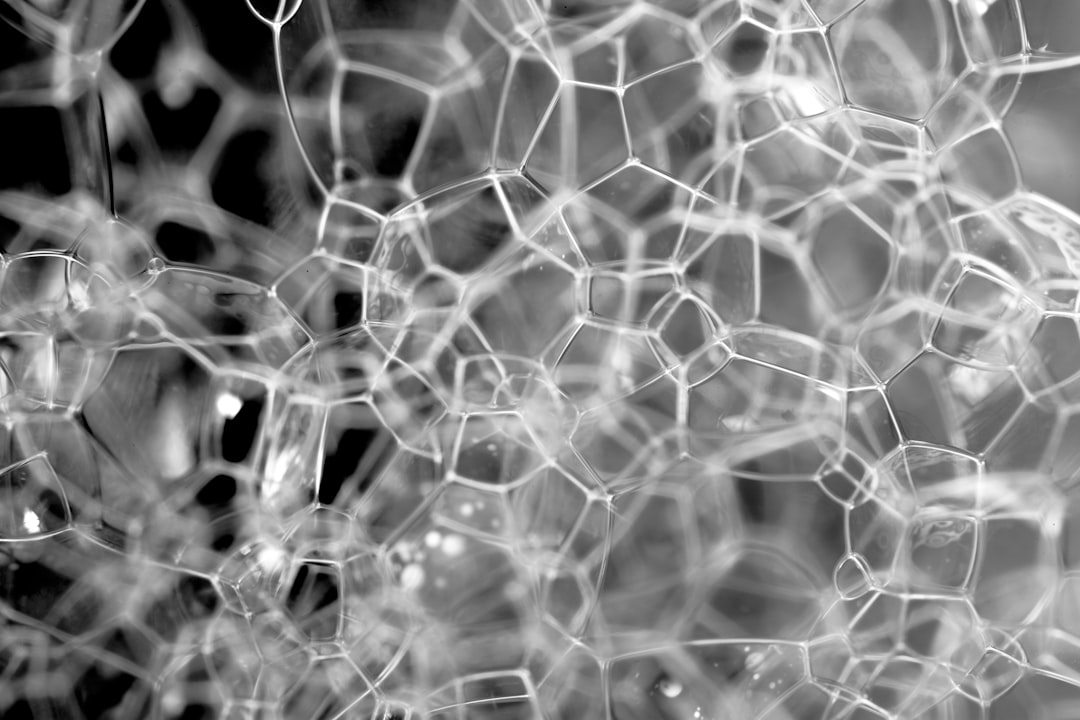What is it about?
Wood plastic composites (WPCs) based on recycled high density polyethylene (r-HDPE) /wood flour (WF) and addition of organically modified clays were prepared by melt mixing and compression molding. The effect of two different types and contents of clays, bentonite and layered double hydroxide, on the mechanical, thermal, and water absorption properties of the WPCs was examined to identify the most effective clay type for WPCs. It was found that incorporation of 2 wt% modified bentonite (mBNT) clay was the most effective in the composite formulation; it has significantly enhanced the properties of the WPCs. The scanning electron micrographs of the fractured surfaces showed improved interfacial adhesion of the composite components. The tensile strength of WPCs was increased by 9.7% when 2 wt% mBNT clay was incorporated in the composite formulation, however the tensile strength has slightly decreased as the clay content was further increased. The izod impact strength was lowered about 10.5 % by 2 wt% mBNT clay. Moreover, the addition of 2 wt% mBNT clay enhanced the water resistance of the WPCs by 27.5% after immersion in water for five days. On the other hand, the modified layered double hydroxide (mLDH) clay did not cause any remarkable improvement in the properties of the WPCs. The tensile strength showed a decreasing trend with an increase in mLDH content. However, both clays did not improve the WPCs thermal stability. In addition, there are no noticeable changes of melting temperature values with increasing the clays content. The experimental results indicated that the properties of the WPCs were significantly improved when combined with the appropriate clay type and content.
Featured Image
Why is it important?
It displays approaches to the design of the wood plastic composite material as well as the application in industry
Read the Original
This page is a summary of: Influence of different clays on the mechanical, thermal, and water absorption properties of recycled high-density polyethylene/wood flour hybrid composites, Journal of Composite Materials, July 2017, SAGE Publications,
DOI: 10.1177/0021998317723180.
You can read the full text:
Contributors
The following have contributed to this page










